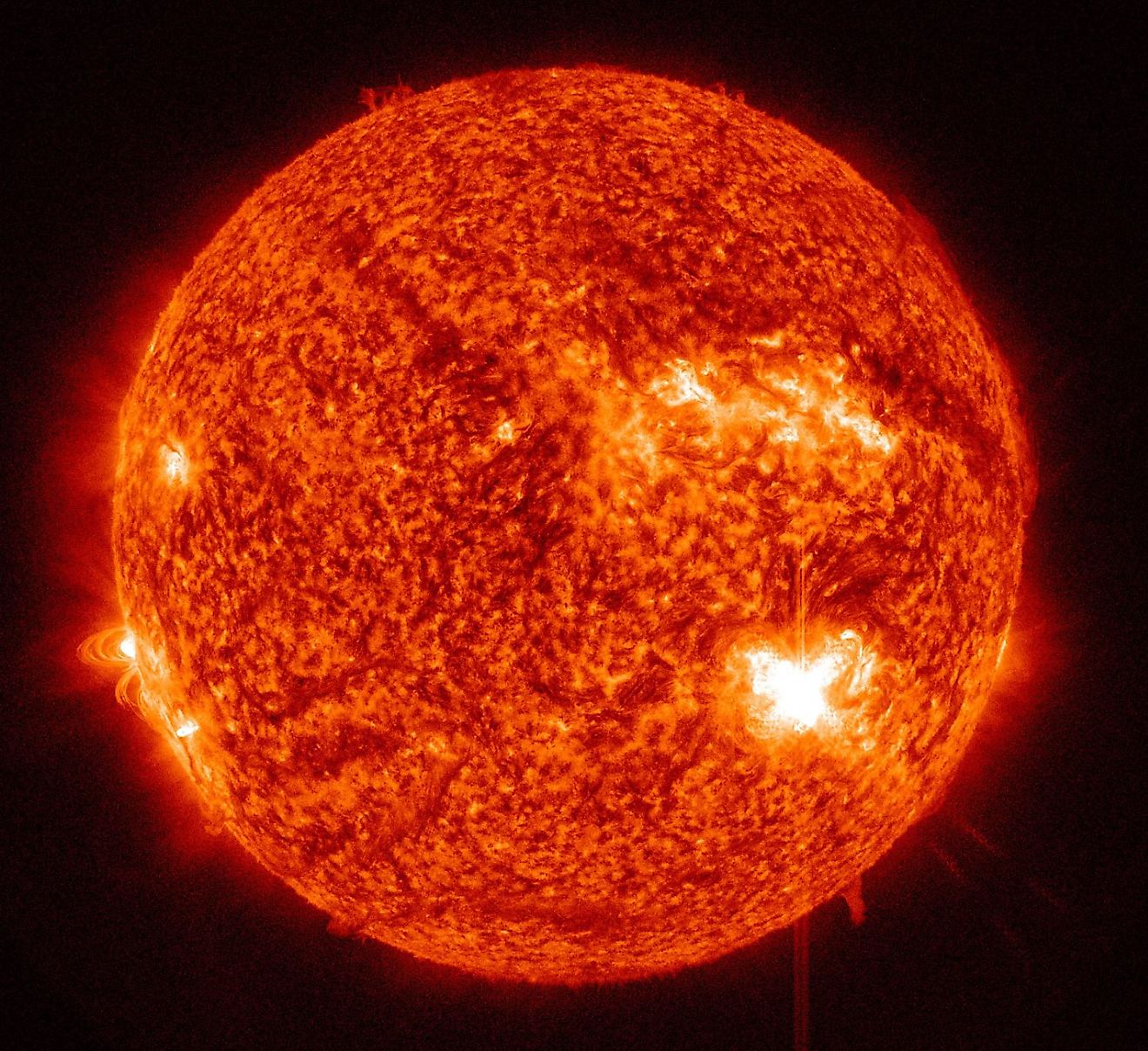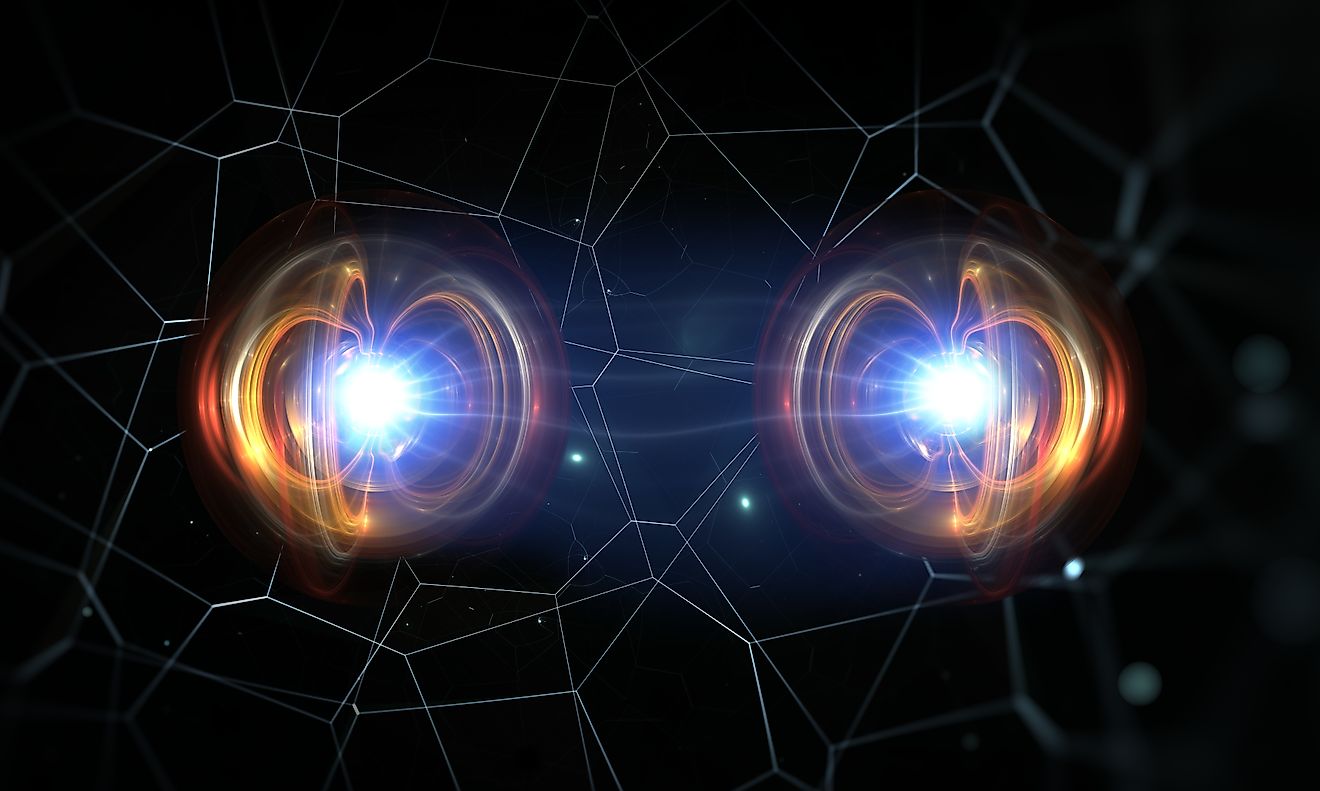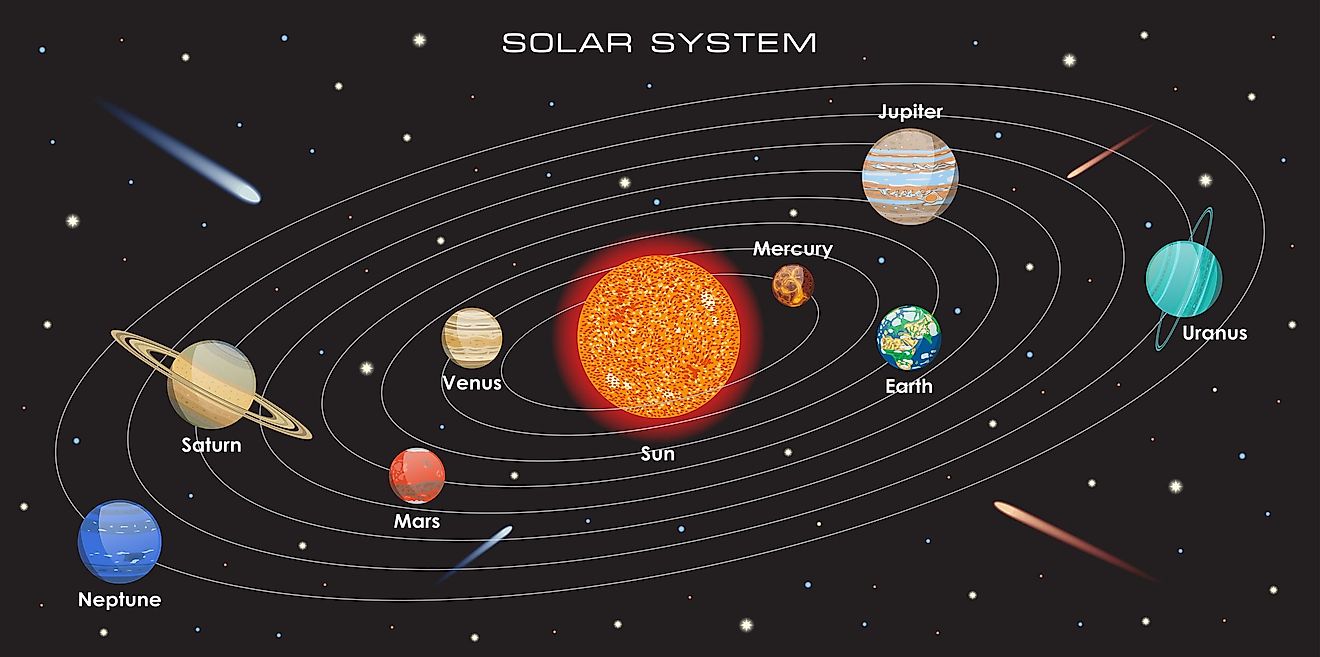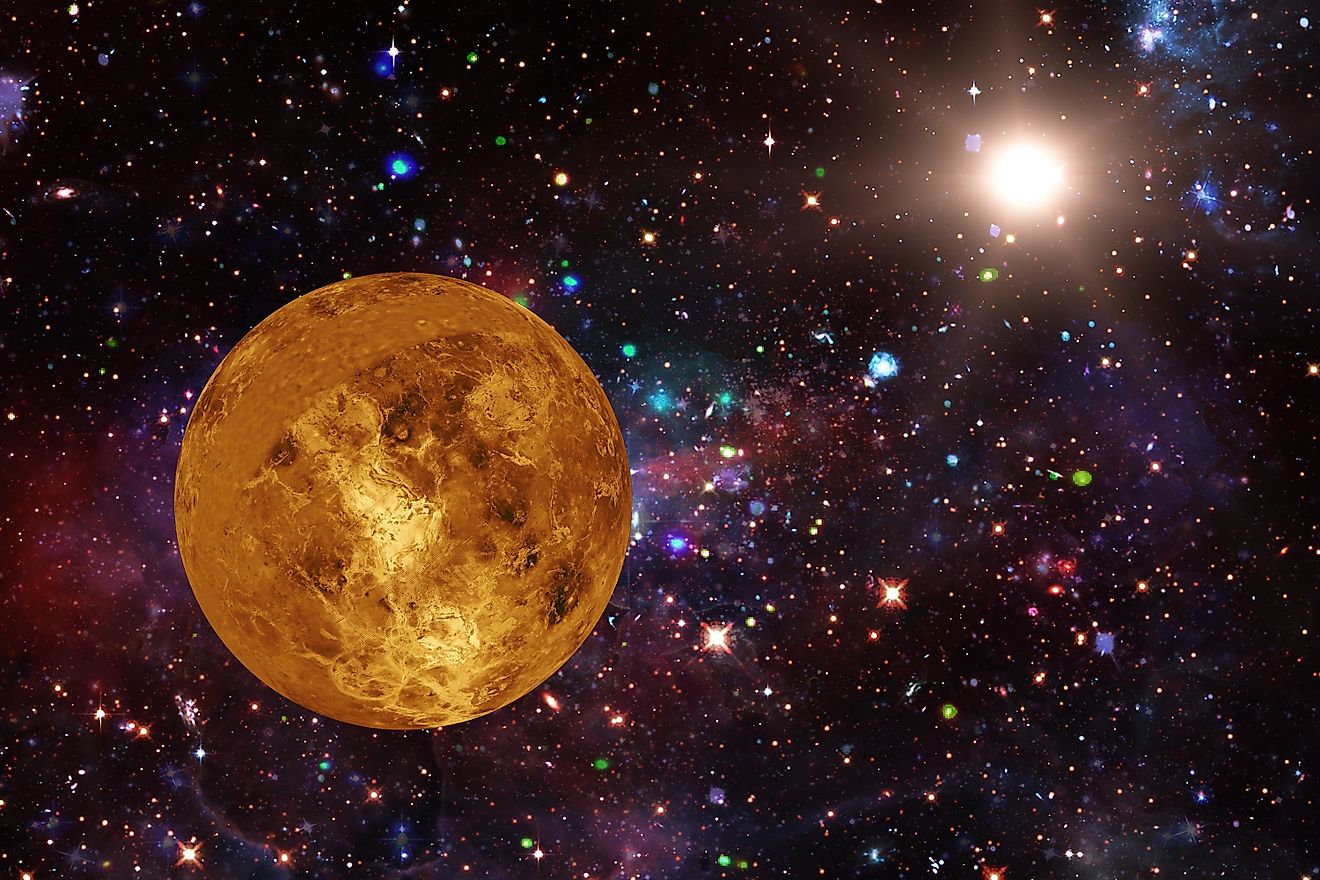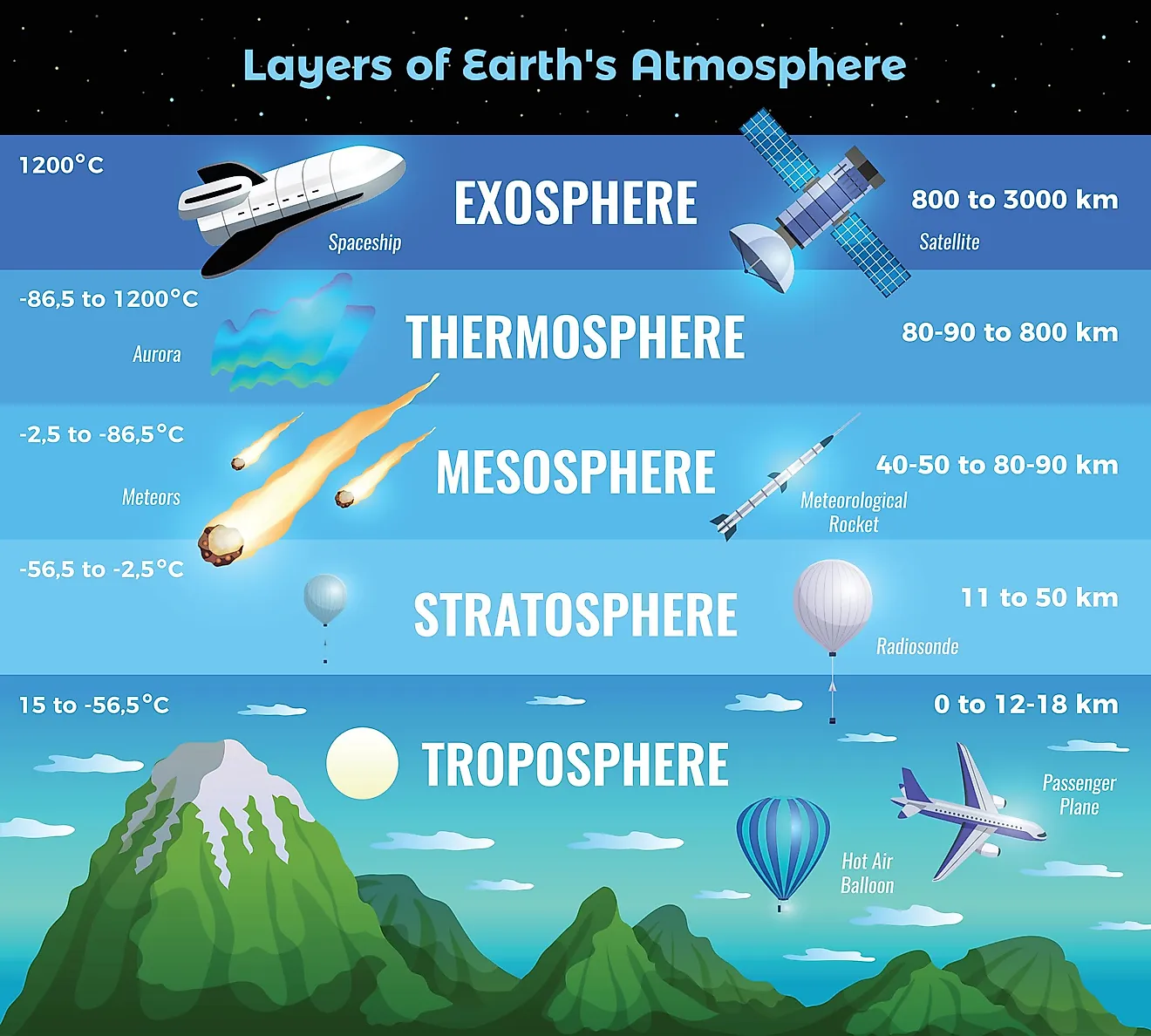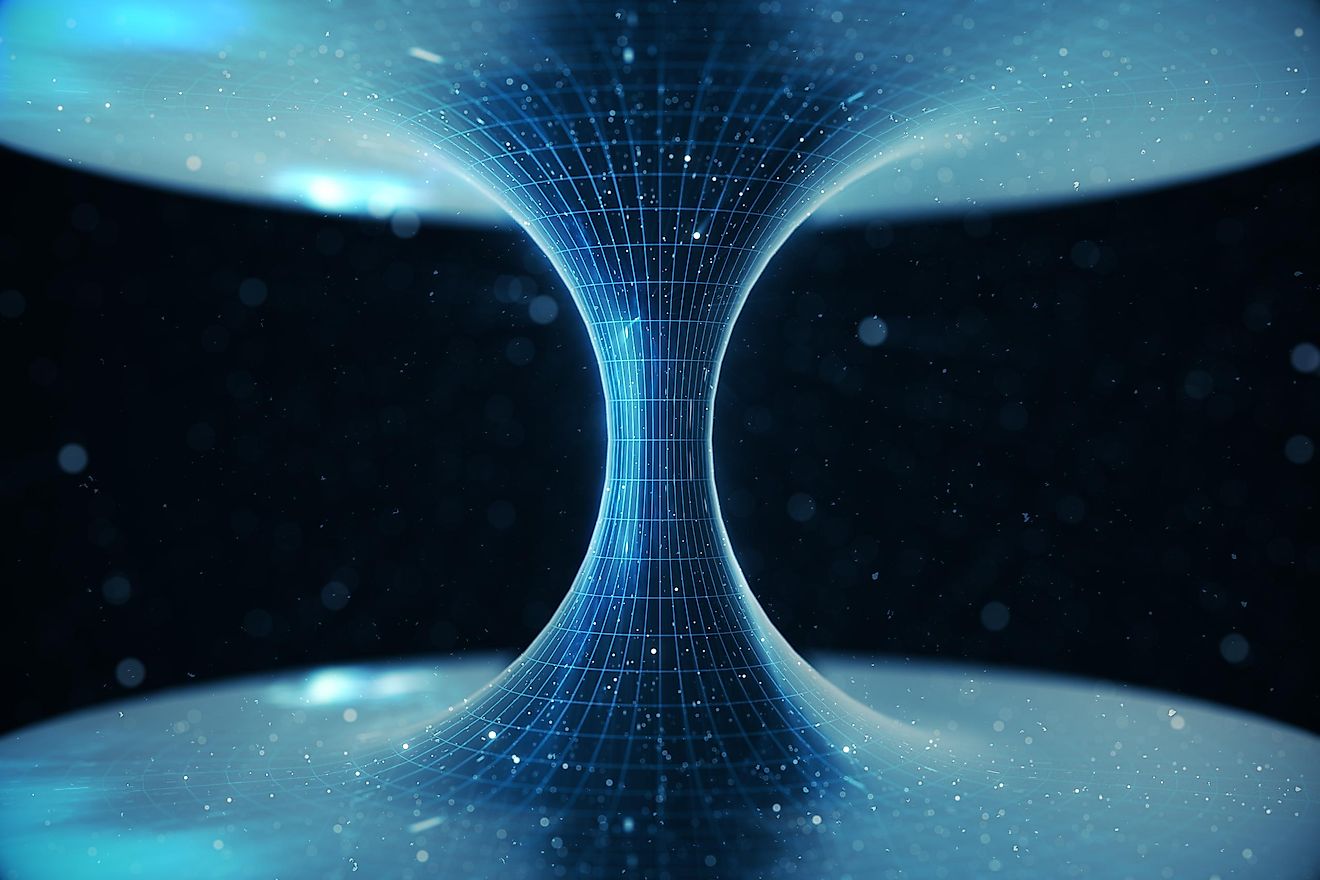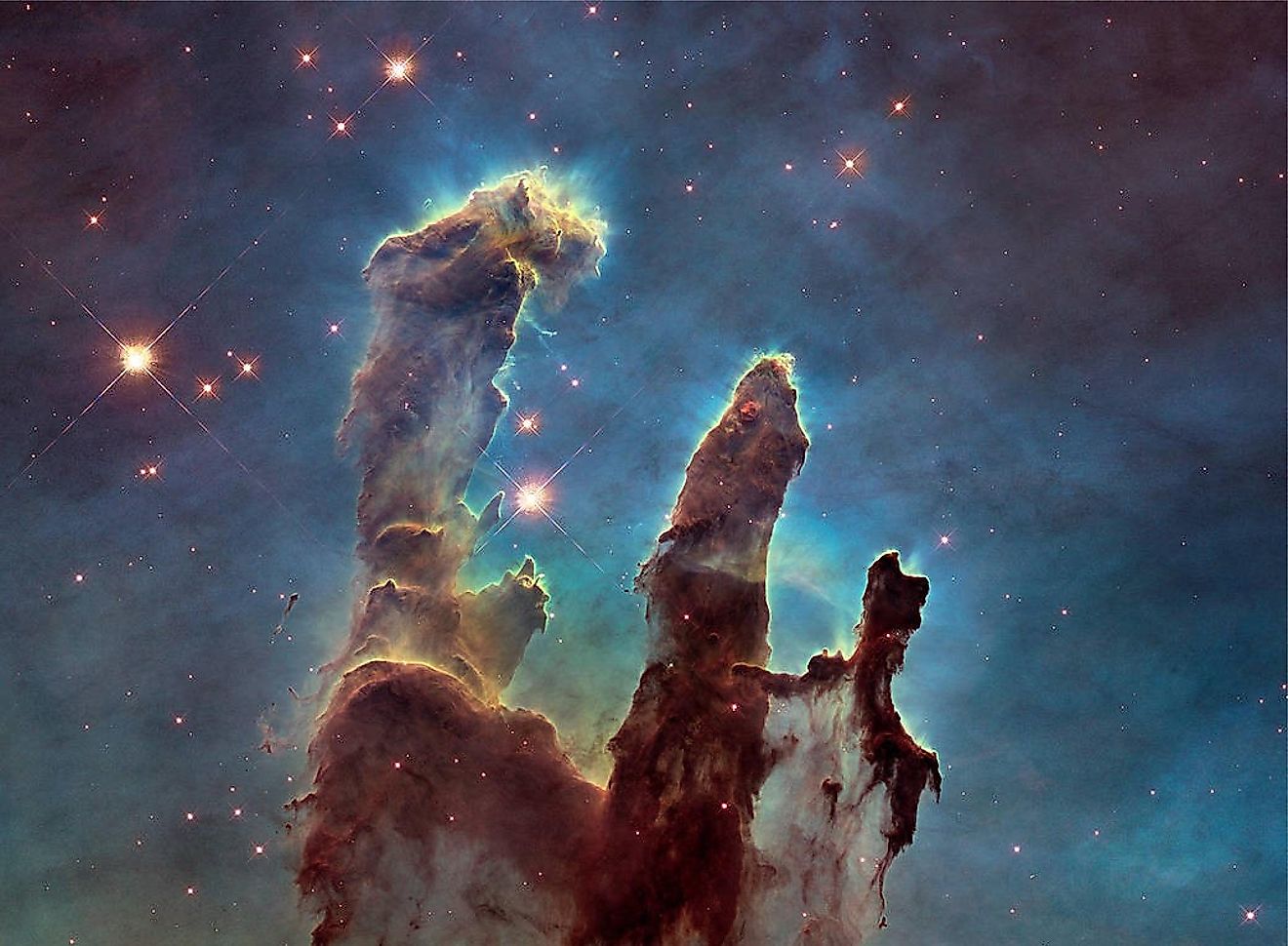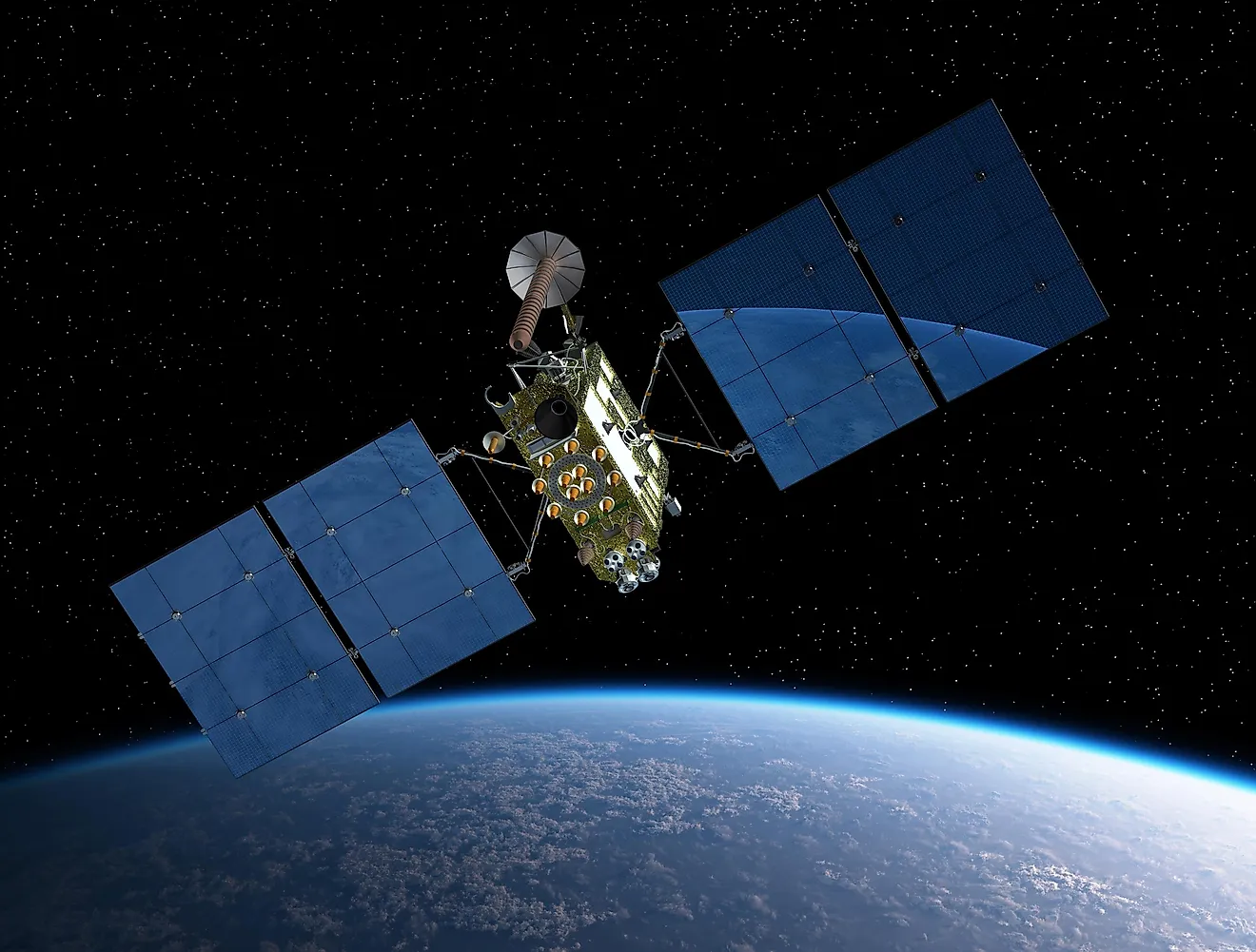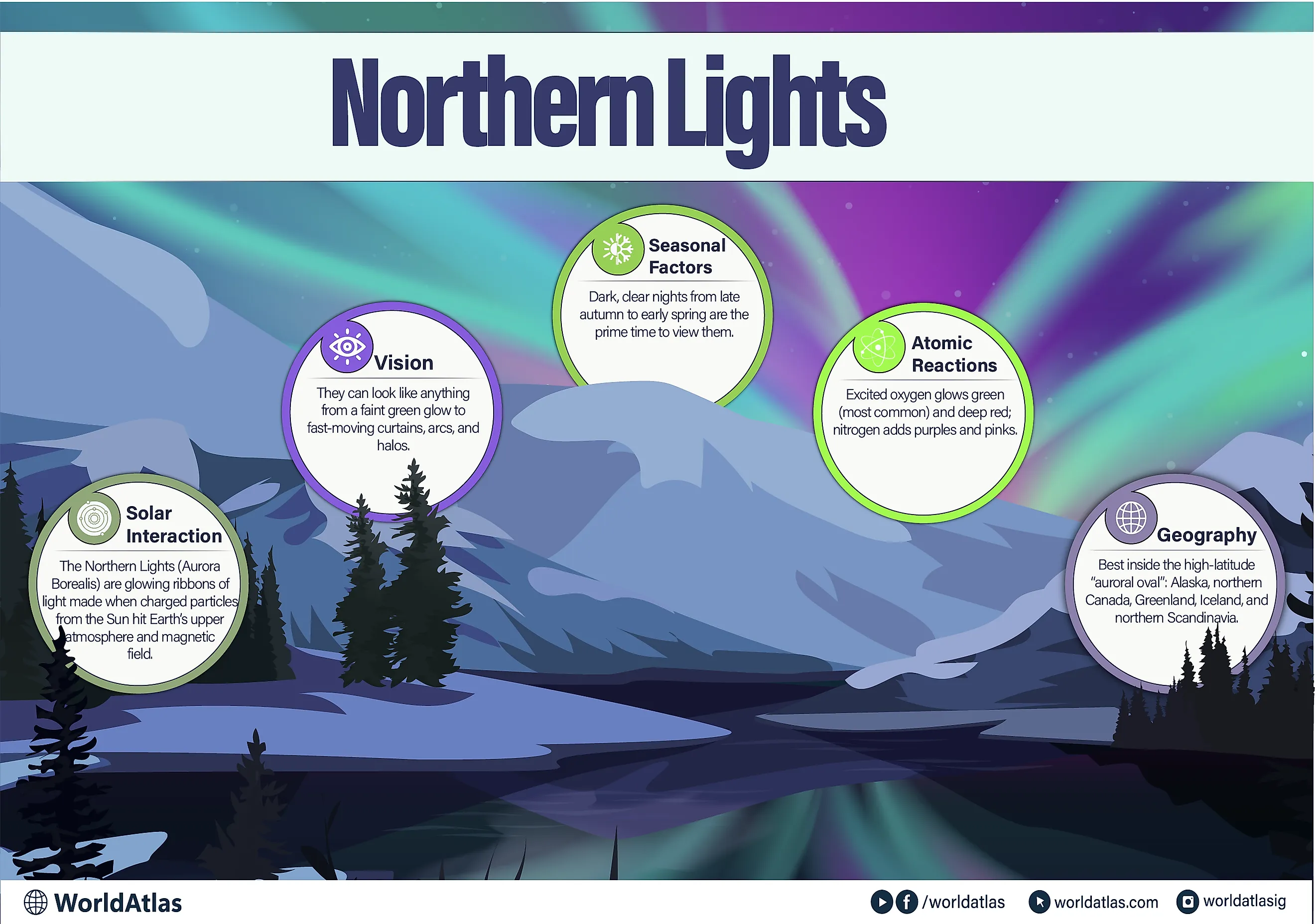
The Northern Lights (Aurora Borealis) Explained
Some nights, Earth wears a neon crown and pretends not to notice. We call it the northern lights, but it’s really a conversation: the Sun flings charged particles across space, and our planet answers with color.
Curtains ripple, arcs sharpen into spears, and skies seem to breathe. Why here, and not everywhere? Why green one minute and crimson the next? This explainer peels back the spectacle to show the machinery, magnetic fields, excited atoms, and storms bigger than planets. Along the way, we’ll ask what aurora reveal about space weather, technology, and us: curious creatures reading the cosmos by its glow.
What Are The Northern Lights?
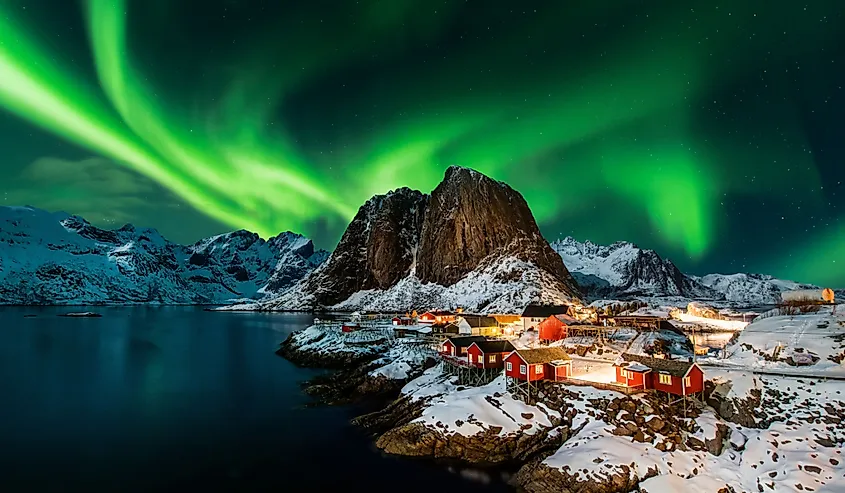
The northern lights, or aurora borealis, are luminous patterns that appear in high-latitude skies when energetic particles from the Sun interact with Earth’s upper atmosphere. The solar wind carries electrons and ions that are guided by our planet’s magnetic field toward the polar regions. There, at altitudes of roughly 80-500 km, the particles collide with oxygen and nitrogen. Those atoms and molecules become excited and then release photons as they relax, producing light. Green is most common, red appears higher up, and blue-violet tints come from nitrogen.
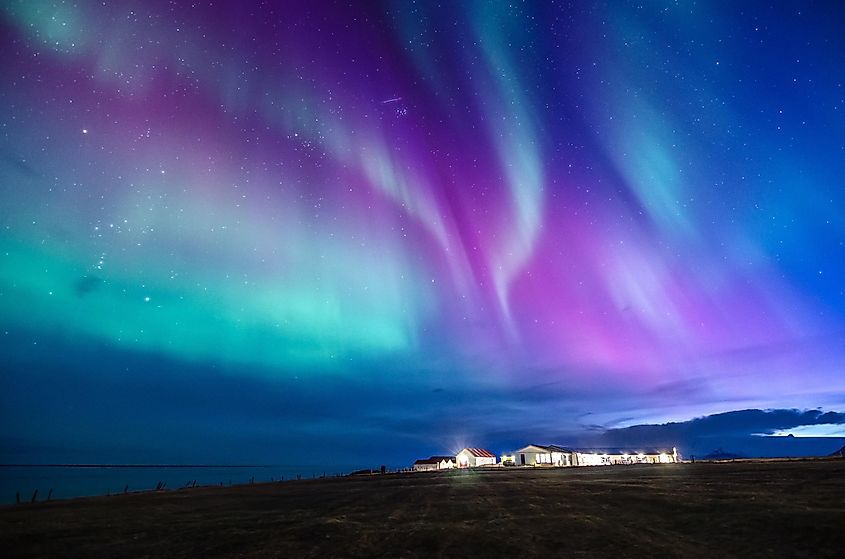
To the eye, aurora can range from faint greyish arcs to vivid curtains, rays, and whirlpool-like coronas surging overhead. Activity often comes in bursts called substorms, which brighten and move in seconds. The southern counterpart is the aurora australis over Antarctica and the Southern Ocean. Although often romanticized, aurora are a visible sign of space weather, the Sun’s changing influence on our near-Earth environment.
How They Work
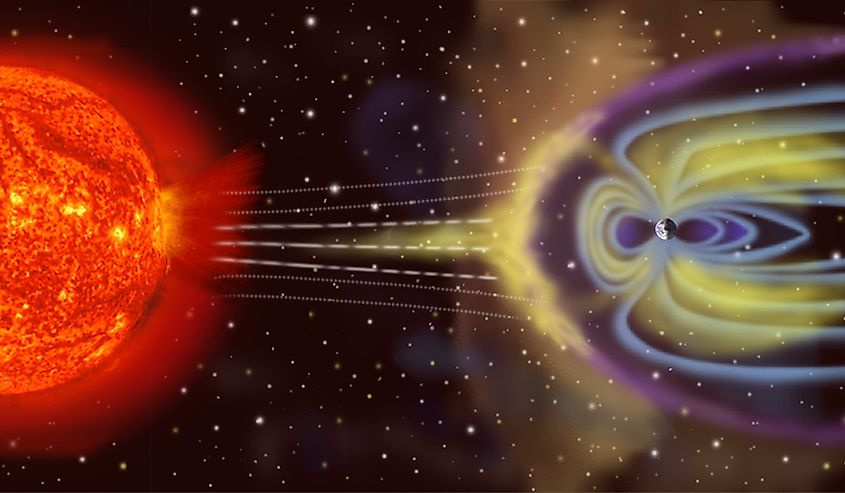
The Sun constantly emits a stream of charged particles called the solar wind. When that wind reaches Earth, it compresses the magnetosphere, the protective bubble formed by Earth’s magnetic field. If the solar wind’s embedded field points south (negative Bz), it can reconnect with Earth’s field, letting energy and plasma flow into the magnetosphere and accumulate in the nightside “magnetotail.”
When that stored energy suddenly releases (a substorm), field-aligned currents accelerate electrons down magnetic field lines into the polar upper atmosphere. As those electrons plunge into thin air, they strike oxygen and nitrogen, transferring energy and leaving them excited; when the gases relax, they emit light at specific wavelengths.
The altitude of the glow depends on particle energy and atmospheric density: higher-energy electrons reach lower altitudes; lower-energy ones light up higher layers. Continuous variations in solar wind speed, density, and magnetic orientation make aurora shift, ripple, brighten, and fade across the sky.
Colors and Shapes
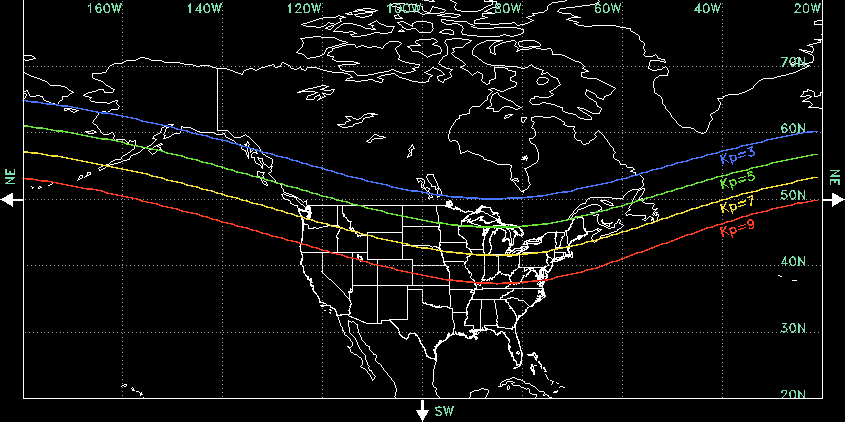
Auroral colors come from which gas is excited and at what altitude. Oxygen at ~100-150 km emits the familiar green (557.7 nm); at >200 km it produces deep red (630.0 nm). Molecular nitrogen and its ion create blues and purples via band emissions. Energy matters too: more energetic electrons drive lower, favoring green; gentler precipitation keeps the glow high and red.
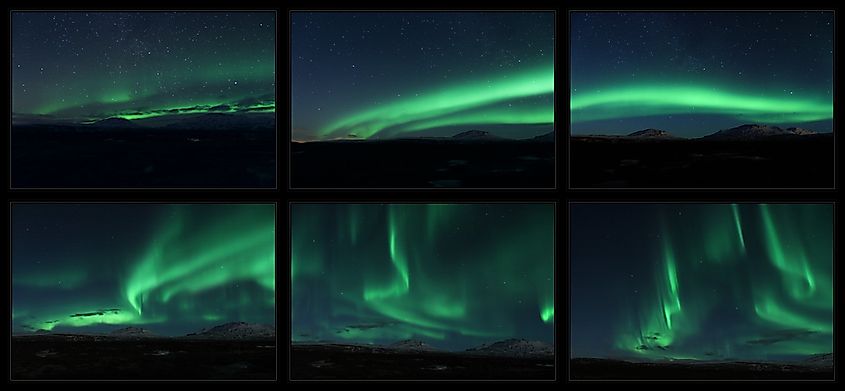
Shapes reflect how particles are guided by magnetic field lines and waves in near-Earth plasma. Common forms include diffuse glows, slender arcs that span the horizon, rippling curtains with vertical “rays,” and explosive coronas that seem to burst overhead. Pulsating patches blink on multi-second rhythms, while rayed bands can surge within seconds during substorms. Rare phenomena like proton aurora are dim to the eye, and STEVE, a mauve, ribbon-like glow, likely arises from different upper-atmosphere processes adjacent to the auroral oval, not classic electron precipitation.
Forecasts and the Solar Cycle

Aurora forecasts distill several space-weather ingredients. The Kp index (0-9) summarizes global geomagnetic activity; higher values generally mean broader, brighter aurora. Real-time “nowcasts” rely on solar wind measurements taken upstream of Earth (e.g., speed, density, and the interplanetary magnetic field’s Bz).
Strong, sustained southward Bz and fast wind typically yield active displays 30-60 minutes later. Multi-day outlooks track coronal mass ejections (CMEs) launched by solar eruptions and high-speed streams from coronal holes; arrival timing and impact strength remain uncertain. The 11-year solar cycle modulates frequency: around solar maximum, sunspots, flares, and CMEs are more common, boosting auroral chances; during solar minimum, activity quiets, but persistent coronal holes can still drive storms. Forecast skill varies with lead time: minutes-to-hours guidance is most reliable, day-scale predictions are probabilistic, and month-scale views describe background likelihoods. Local cloud, moonlight, and light pollution still determine what observers actually see.
Why It Matters
Auroras are more than a sky show; they’re a living dashboard for space weather. Geomagnetic storms that power big displays can induce currents in long conductors, stressing power grids and pipelines at high latitudes.
In orbit, enhanced atmospheric drag increases satellite decay, while charged-particle surges can disrupt electronics and degrade solar panels. Radio users notice effects too: high-frequency communications and GNSS (GPS, Galileo) signals can scintillate or lose accuracy during disturbed conditions, prompting airlines to reroute some polar flights.
Scientifically, aurora reveal how the Sun’s energy couples into Earth’s magnetosphere and atmosphere, helping researchers test theories of magnetic reconnection, plasma waves, and particle acceleration. They also provide natural laboratories for studying upper-atmosphere chemistry and circulation. Culturally, the lights carry deep significance for northern Indigenous communities and have inspired observers for centuries. Understanding the physics behind them turns wonder into insight and helps society prepare for severe space-weather events.
